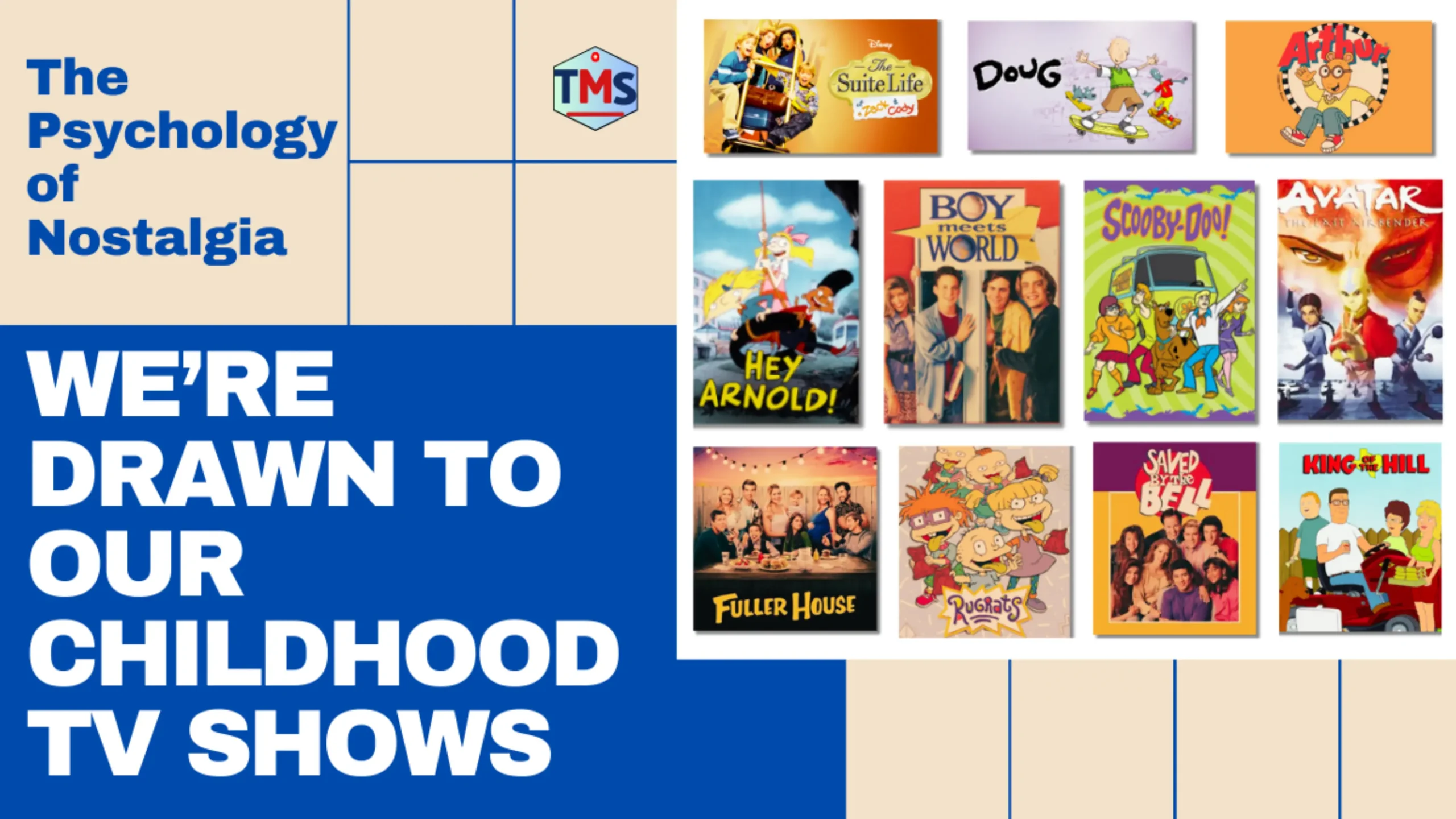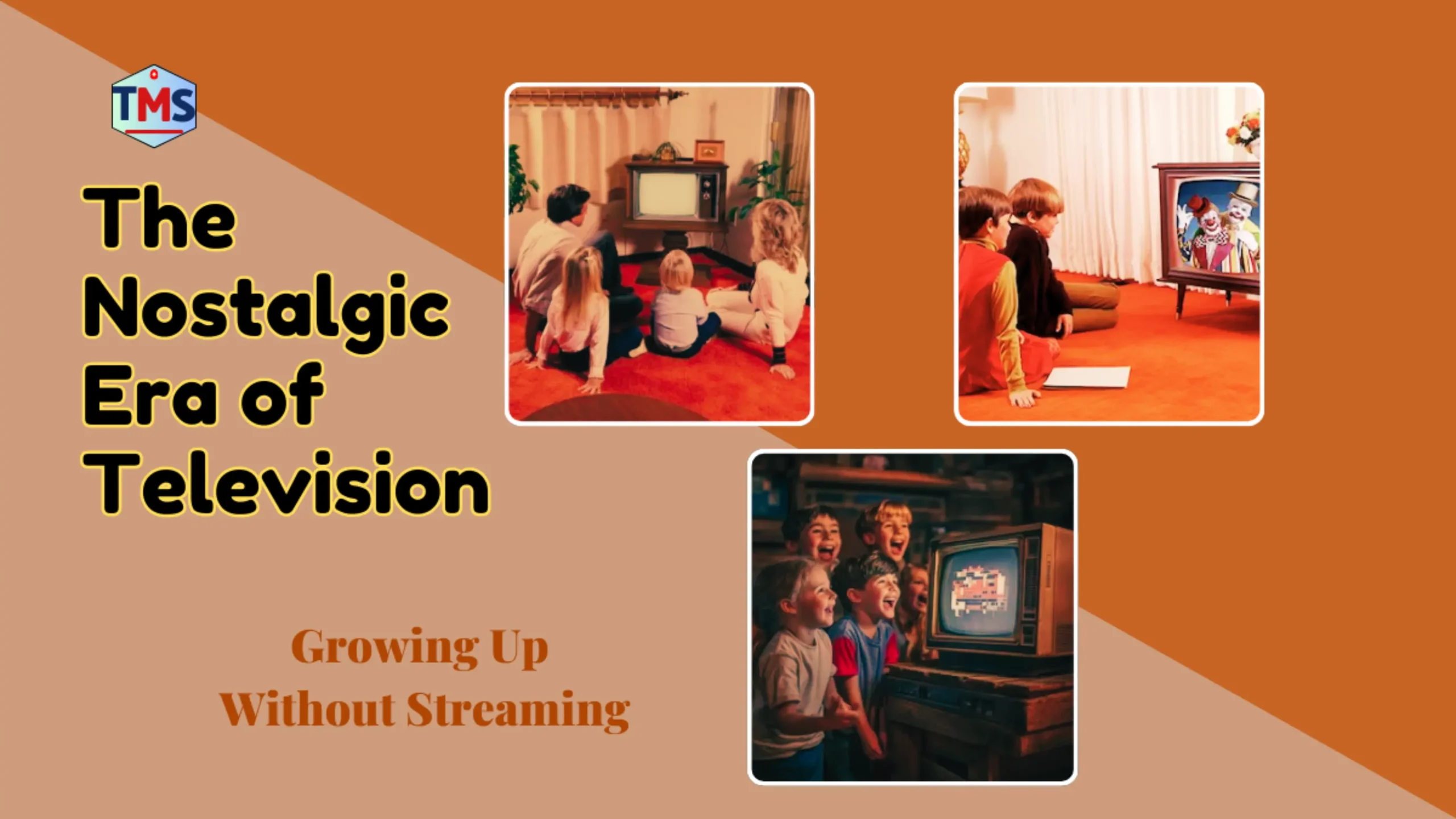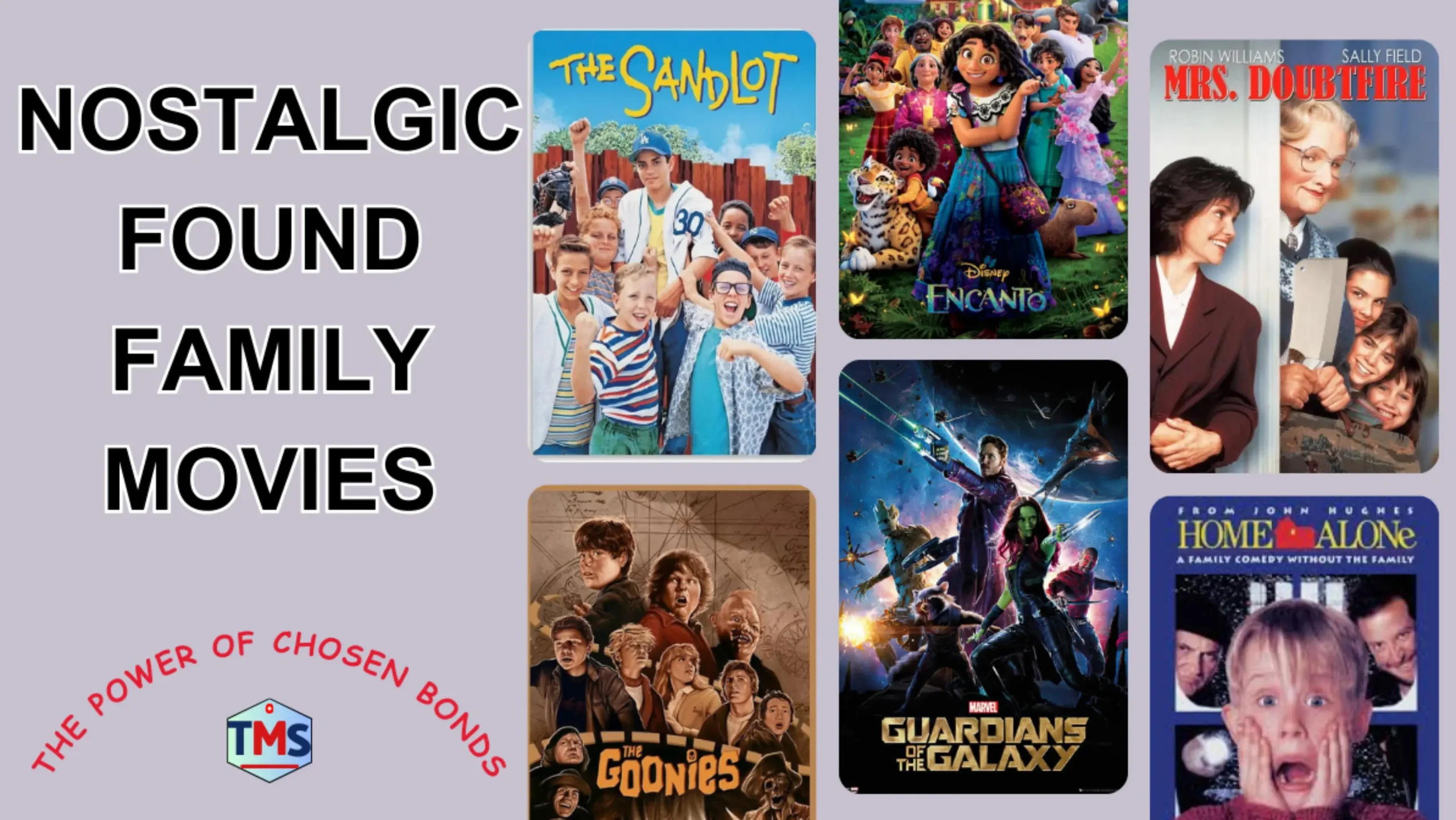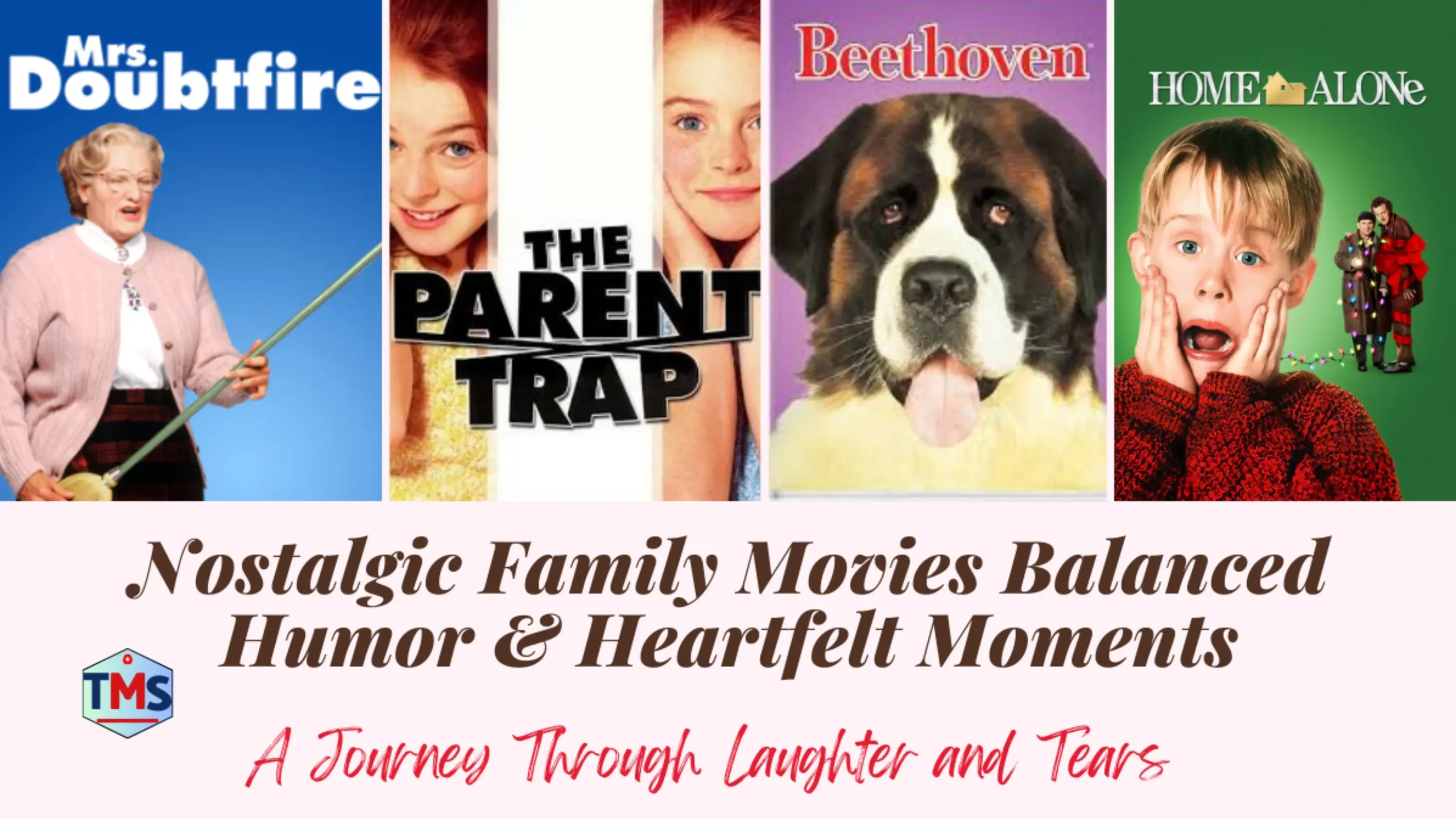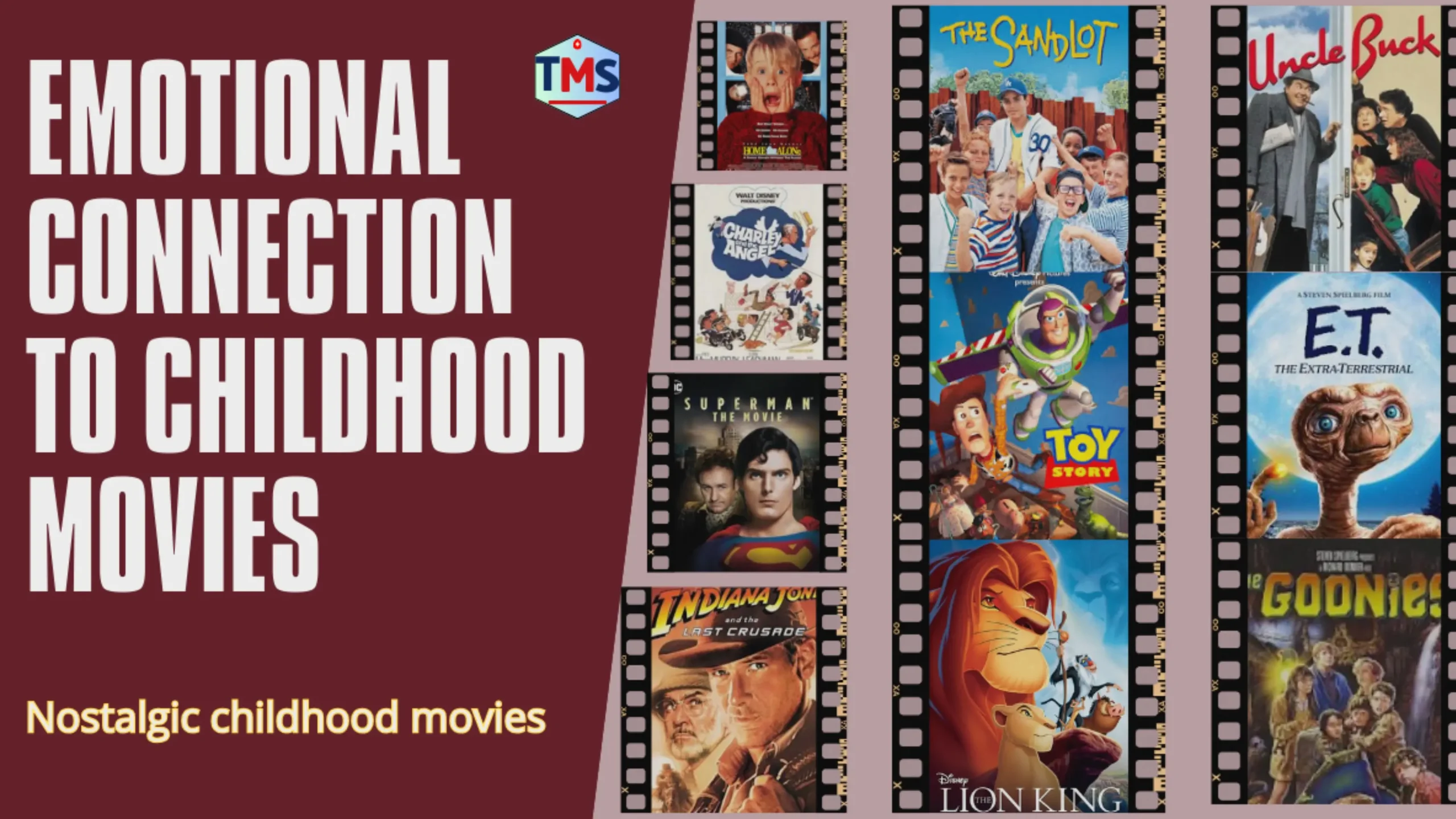My Memories: Nostalgic Feeling About Childhood TV Shows
Remember the thrill of running home from school to catch Pokémon or curling up on Saturday mornings with SpongeBob SquarePants? For many of us, childhood TV shows hold a special place in our hearts, evoking a deep nostalgia and a fondness for a bygone era.
The nostalgia we feel for childhood TV shows isn’t just sentimental—it’s a powerful psychological phenomenon that taps into some of our deepest emotional memories. Understanding why these shows hold such a special place in our hearts reveals interesting insights about human nature, memory, and the unique magic of growing up in front of a screen.
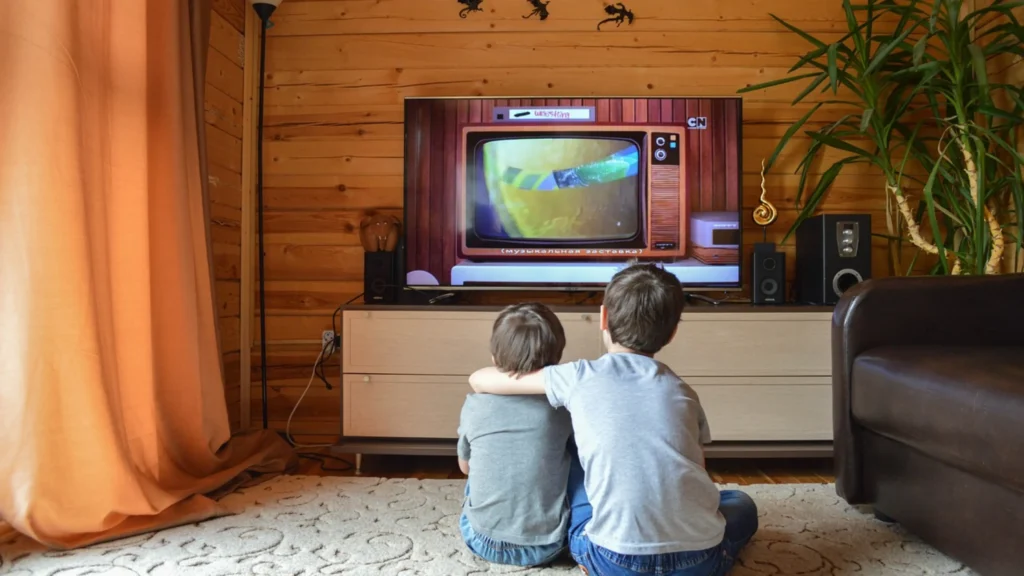
The Psychology of Nostalgic Television
Nostalgia isn’t just a sentimental feeling—it’s a complex psychological phenomenon with measurable effects on our wellbeing. Dr. Constantine Sedikides and colleagues at the University of Southampton have conducted extensive research showing that nostalgia can counteract loneliness, boredom, and anxiety while increasing feelings of social connectedness and meaning in life (Sedikides et al., 2015).
When we revisit childhood shows like “Dragon Ball Z” or “Rugrats,” we’re not just seeking entertainment—we’re activating neural pathways connected to simpler times when our identities were still forming. According to developmental psychologist Dr. Avril Thorne, these early narrative experiences become part of our “autobiographical memory,” helping us make sense of who we are (Thorne & McLean, 2003).
Emotional Development Through Animation and Sitcoms
The shows we consumed as children weren’t just entertaining—they were teaching us about emotions, relationships, and values during critical developmental periods. For example, “Mister Rogers’ Neighborhood” deliberately addressed difficult emotions and life challenges at a pace children could process. Fred Rogers worked closely with child development experts like Dr. Margaret McFarland to ensure his content supported healthy emotional growth (Cohen, 2018).
The Time Capsule Effect: TV as Cultural Context
Our childhood shows also serve as time capsules of cultural values and social concerns. Take “Captain Planet” with its environmental messaging, reflecting growing climate awareness in the early 1990s, or “The Fresh Prince of Bel-Air,” which explored race, class, and family dynamics during a period of significant social change.
Case Studies in Childhood Appeal
Tom and Jerry: The Enduring Appeal of Slapstick
The cat-and-mouse chase of “Tom and Jerry” has captivated children across generations since its debut in 1940. Its physical comedy operates on what psychologist Paul McGhee terms “incongruity theory”—humor arising from the violation of expectations (McGhee, 1979). The extreme physical resilience of the characters (Tom getting flattened only to pop back to normal) helps children process concepts of permanence and change in a safe context.
Warner Bros. reported that “Tom and Jerry” content still generates over 2 billion views annually across digital platforms, demonstrating its cross-generational appeal (WarnerMedia Annual Report, 2020).
Scooby-Doo: Mystery, Friendship, and Agency
“Scooby-Doo” has been solving mysteries since 1969, with over 400 episodes across multiple series. Its enduring formula—friends solving mysteries with a cowardly Great Dane—taps into children’s desire for agency and problem-solving. According to cultural anthropologist Dr. Elizabeth Chin, the show allows children to vicariously experience the thrill of outsmarting adults and exposing deception (Chin, 2016).
The franchise has maintained remarkable cultural relevance, with each new iteration introducing the characters to new generations. By 2021, the Scooby-Doo franchise had generated over $1 billion in merchandise sales globally (Warner Bros. Consumer Products, 2021).
Sesame Street: Educational Revolution
Few children’s shows have made as significant an impact as “Sesame Street.” Launched in 1969 with the explicit goal of preparing underprivileged children for school, the show pioneered the use of rigorous research in children’s programming. More than 1,000 studies have documented its educational effectiveness, with children who regularly watched the program showing improved cognitive outcomes, particularly in literacy and numeracy (Fisch & Truglio, 2014).
The show’s global reach is staggering—by its 50th anniversary, “Sesame Street” had reached over 150 million children across more than 150 countries, adapting its content to address local educational needs while maintaining its core approach (Sesame Workshop Annual Report, 2019).
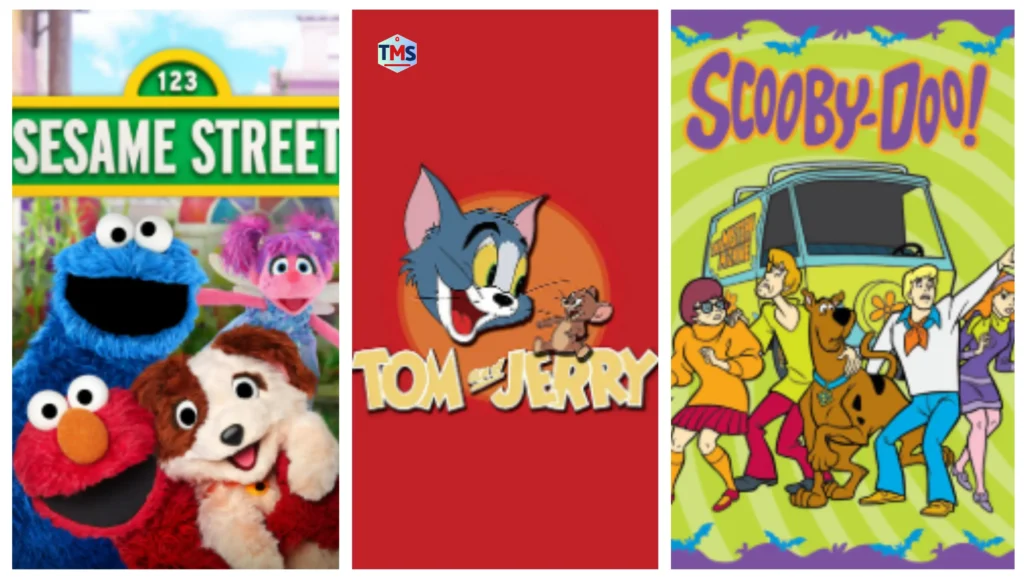
Beyond Nostalgia: Hidden Influences and Lasting Impact
Values Education Through Animated Mentors
Children’s programming often contains deliberate moral messaging. The teamwork and diversity celebrated in “Power Rangers,” the environmental consciousness in “Captain Planet,” or the exploration of friendship challenges in “My Little Pony: Friendship is Magic” weren’t accidental themes—they were designed to instill specific values.
Research by media psychologist Dr. Maya Götz found that children often cite TV characters as moral guides alongside parents and teachers, demonstrating television’s significant role in values formation (Götz et al., 2018). When asked about moral dilemmas, children frequently referenced lessons from shows they watched, showing how deeply these narratives are internalized.
Creative Inspiration and Career Paths
For many adults, childhood shows sparked interests that later developed into careers or serious hobbies. A 2019 survey of professionals in STEM fields found that 43% cited science-themed children’s shows like “Bill Nye the Science Guy” or “The Magic School Bus” as early influences on their career choices (American Association for the Advancement of Science, 2019).
The creativity showcased in shows like “Art Attack” or “Reading Rainbow” introduced children to artistic expression and literary exploration that continued into adulthood. The influence extends to entertainment itself—many of today’s showrunners and directors cite specific childhood programs as their inspiration for entering the field.
Conclusion: The Shows That Shaped Us
Our childhood TV shows are more than just entertainment—they’re formative experiences that helped shape our worldviews, taught us emotional lessons, and provided cultural context during our most impressionable years. The neural pathways formed while watching these programs remain strong decades later, explaining why the theme song to “DuckTales” can instantly transport us back to our childhood living rooms.
The next time you find yourself humming along to a cartoon theme song from your youth or feeling unexpectedly moved by the reappearance of a childhood TV character, remember—you’re not just remembering a show. You’re reconnecting with the child you once were and the experiences that helped make you who you are today.
Podcast with Alison Gopnik, PhD
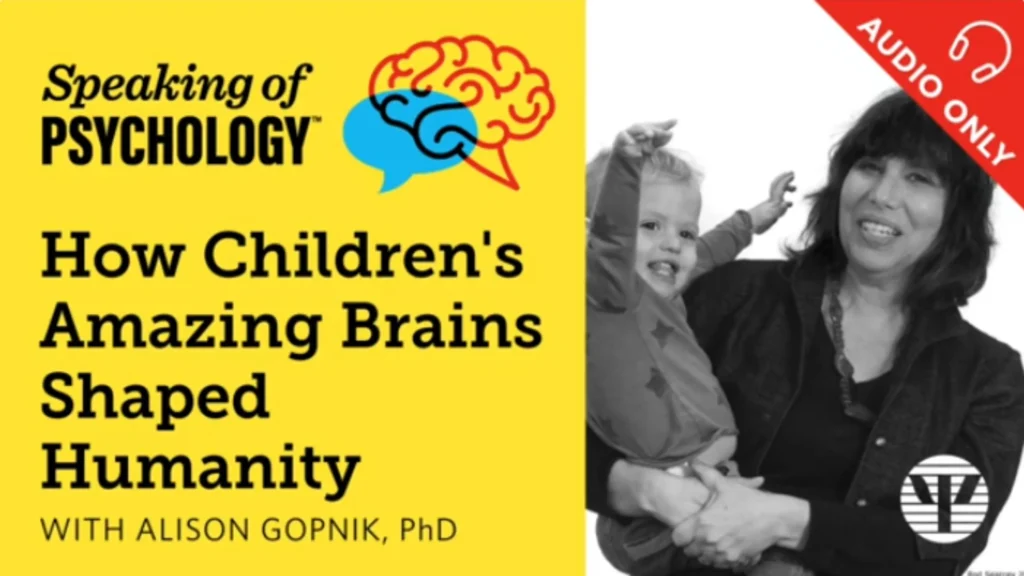
Frequently Asked Questions (FAQs)
Why do we remember theme songs from childhood shows so vividly?
Theme songs from childhood shows form strong neural connections because they combine music (which activates emotional memory centers) with repetition (we heard them frequently). These songs were experienced during our brain’s peak developmental period for musical memory, creating lasting emotional associations that trigger immediate recognition decades later.
Why do I enjoy watching childhood shows?
The joy of watching childhood shows comes from a combination of several factors: comforting familiarity, freedom from adult pressures, and positive emotional associations. These shows often represent a moment of pure joy and wonder, and rewatching them gives us a chance to relive those feelings. They can also provide a different perspective as an adult, highlighting subtle humor or deeper themes we missed in childhood.
Is it normal for adults to watch kids shows?
Absolutely, it’s perfectly normal for adults to watch kids’ shows! In fact, it’s a widespread and completely healthy phenomenon. There’s no age limit to enjoying good stories, adorable characters, or light-hearted entertainment. Many adult-focused themes and sophisticated humor are often woven into “kids'” shows, making them entertaining for people of all ages.
Why do I always rewatch my childhood shows?
It is common to watch childhood shows over and over again, and often this is due to the deep comfort and sense of predictability they provide. In a constantly changing world, these shows provide a stable and reliable source of entertainment and emotional security. This familiarity allows us to completely relax, knowing what to expect, which can be incredibly soothing and stress-reducing.
Why do kids’ shows make me emotional?
Kids’ shows can make us emotional for several reasons. First, they are tied to deep memories from our childhood, and these deep emotions may resurface. Second, many children’s shows deal with universal themes such as friendship, courage, loss, and growing up in an honest and often impactful way. As an adult, we may now have a deeper understanding or personal experience of these themes, making the emotional impact even more profound.
Why do we get nostalgic for our childhood?
Nostalgia for childhood is a natural response to the human need for connection and meaning. Childhood is often associated with safety, wonder, and fewer responsibilities, making it a powerful source of comfort. Psychologically, nostalgia helps us understand change, cope with stress, and maintain our identity. Triggers such as TV shows, music, or toys can instantly take us back to those early years.
What is the psychology of rewatching shows?
The psychology of watching shows over and over again is rooted in the comfort of familiarity and the emotional benefits of nostalgia. According to research, familiar media activates the pleasure centers of the brain, releasing pleasurable chemicals like dopamine. Watching shows over and over again helps build predictability, reducing stress and anxiety. For childhood shows, this effect is even greater due to their association with positive memories, making you feel connected to your past and helping you recover emotionally.
Is it normal to watch childhood cartoons as an adult?
Yes, it’s perfectly normal to watch childhood cartoons as an adult! Many adults enjoy cartoons for their nostalgia, humor, and emotional connection. Cartoons often contain universal themes and cleverly plotted stories that appeal to people of all ages. Studies show that watching nostalgic media is a healthy way to relieve stress, improve mood, and connect with happy memories, making it a common and valid pastime for adults.

